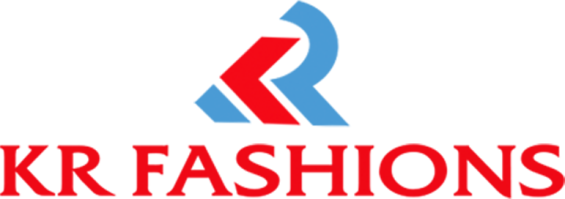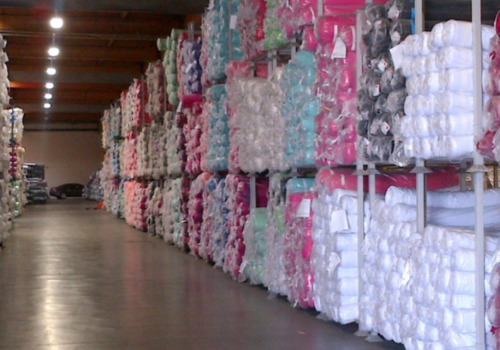
Textile materials need to be properly cared and stored as they are exposed to heat, cold, humidity, fungus and insects. Different parts of the world have different climatic conditions.
Hence, it is important to know the basic guidelines of how and where to store the textile materials. Proper packing and storing of the material will elongate its life and protect it from deterioration.
Printing is a process of decorating textile fabrics by application of pigments, dyes, or other related materials in the form of patterns. Although apparently developed from the hand painting of fabrics, such methods are also of great antiquity. Textile printing has become highly sophisticated and has involved the skills of many artists and designers.


Cutting is separating of the garment into its components and in a general form, it is the production process of separating (sectioning, curving, severing) a spread into garment parts that are the precise size and shape of the pattern pieces on a marker.Cutting is separating of the garment into its components and in a general form, it is the production process of separating (sectioning, curving, severing) a spread into garment parts that are the precise size and shape of the pattern pieces on a marker.
Our highly equipped laboratory develops innovative designs and styles with the latest CAD systems. Gerber pattern making equipment are used in making the latest trending and fashionable patterns of these garments. Grading and Digitizing machines are also being used in this unit. We ensure the design and quality of the garment is in sync with the international standards by using the loth-laying machines in this department to be ready for cutting.
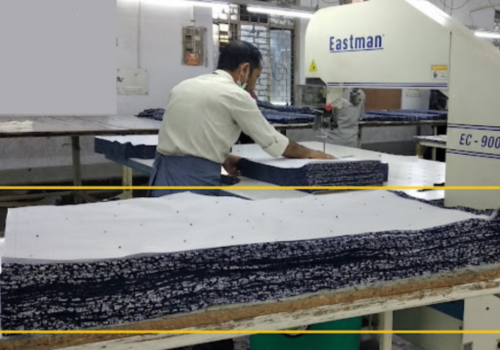
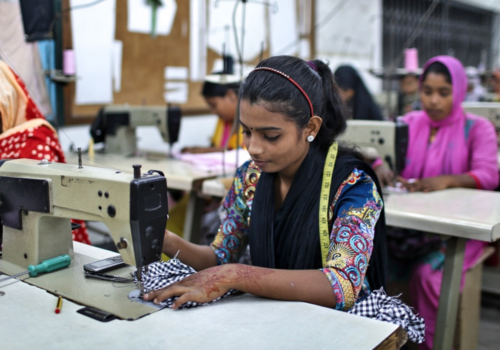
When the fabrics are received from the dyeing and finishing section, it needs to be checked, because, faulty fabrics can be supplied from dyeing and finishing. But the cutting section has to check it. Otherwise the end products will be faulty. For this, the fabric is being inspected by the quality inspector of the cutting section. They check the fabric fully and find out the faults. Then mark it so that, these faulty portion of the fabric can be rejected during spreading and cutting. Then the fabric is being stored for relaxation.
RIB's are one kind of knits fabric. Fabric ribs are normally attached to necks, sleeve hems, and bottom hem for binding. Maintaining an equal width of the rib is very important to produce the quality garment. This machine is also called as a piping cutting machine. Ribs are one kind of knits fabric. Fabric ribs are normally attached to necks, sleeve hems, and bottom hem for binding. Maintaining an equal width of the rib is very important to produce the quality garment. This machine is also called as a piping cutting machine.
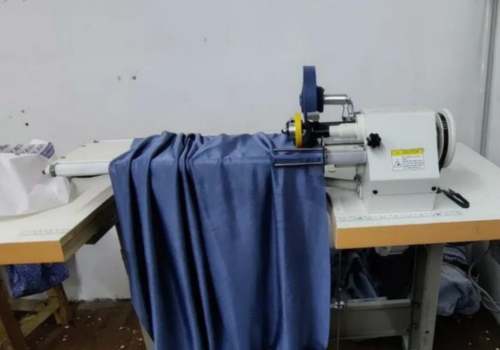

In the textile arts, a stitch is a single turn or loop of thread, or yarn. Stitches are the fundamental elements of sewing, knitting, embroidery, crochet, and needle lace-making, whether by hand or machine. A variety of stitches, each with one or more names, are used for specific purposes.
A stitch is a Loops or loops of one or more threads when bound with each other, either by interlacing, interloping or intra-looping or combination of those when sewing fabric and each unit of such configuration is considered as a stitch. In this article, we will share details of different types of stitch used in garments sewing.
While the garment label requirements of different countries are similar in that these regulations are all in place for consumer protection purposes, there are some important differences between these requirements that you'll need to know about if you want to sell clothing or household textile items internationally. Garment labeling isn’t new in clothing production, but it is something to consider.


Clothing manufacturer has a specific standard of checking to properly ensure the garment quality. This process is done to minimize the percentage of garments rejected by customers. During the step of checking, workers can spot any stans, cosmetic flaws or spots on the garments due to the cutting and sewing process.
Textile quality refers to the sum of various properties of textiles that meet the needs of people for use or further processing. Textiles have many properties, but only the properties which related to use constitute their quality.
Define quality control check points to be used for testing the product quality at any point in the production process. Quality Control Point is a point or stage of manufacturing where it is essential to control (reduce or eliminate) a risk to avoid downtime

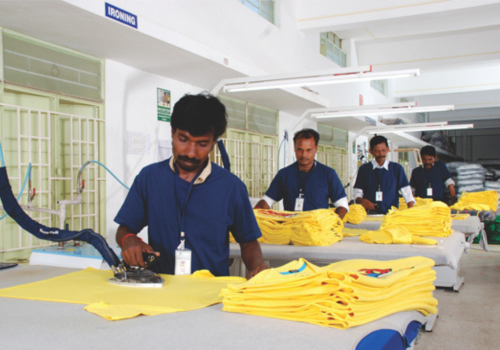
Pressing or ironing is the most important finishing process in the readymade garments sector which is done by subjecting a cloth to heat and pressure with or without steam to remove unwanted creases and to impart a flat appearance to the garments.To complete sewing easily and beautifully, it must require to give minimum ironing to some parts of garments before sewing is called under pressing. Especially under pressing is done to most of the apparel industries for making a coat, jacket, and trousers and so on. For example, where there is needed for doing a crease effect to the parts of garments done by pressing before sewing.
All the products are coming out from packing is 100% passing through metal detector to avoid any metal/sharp tools for the entire customer safety.Our Customised and also standard packing methods are used to ensure safe transit of the product till the retail sales at customer end.All the standards and international norms are all periodically monitored by our quality team for consistent quality.
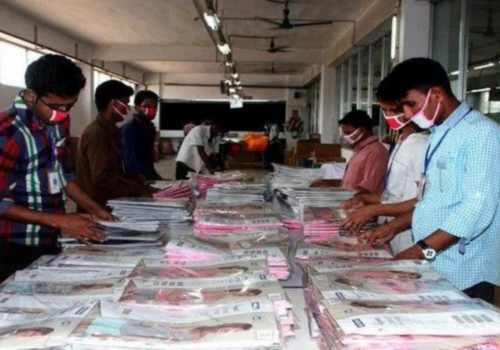

Most important in all aspects of a business. Consumers need and expect value for money. As garment manufacturers, we should always strive for good work.
“Systems are needed to program and coordinate the efforts of different groups in an organization to maintain optimal quality.” Because quality control is considered representative of quality assurance or full quality control.

